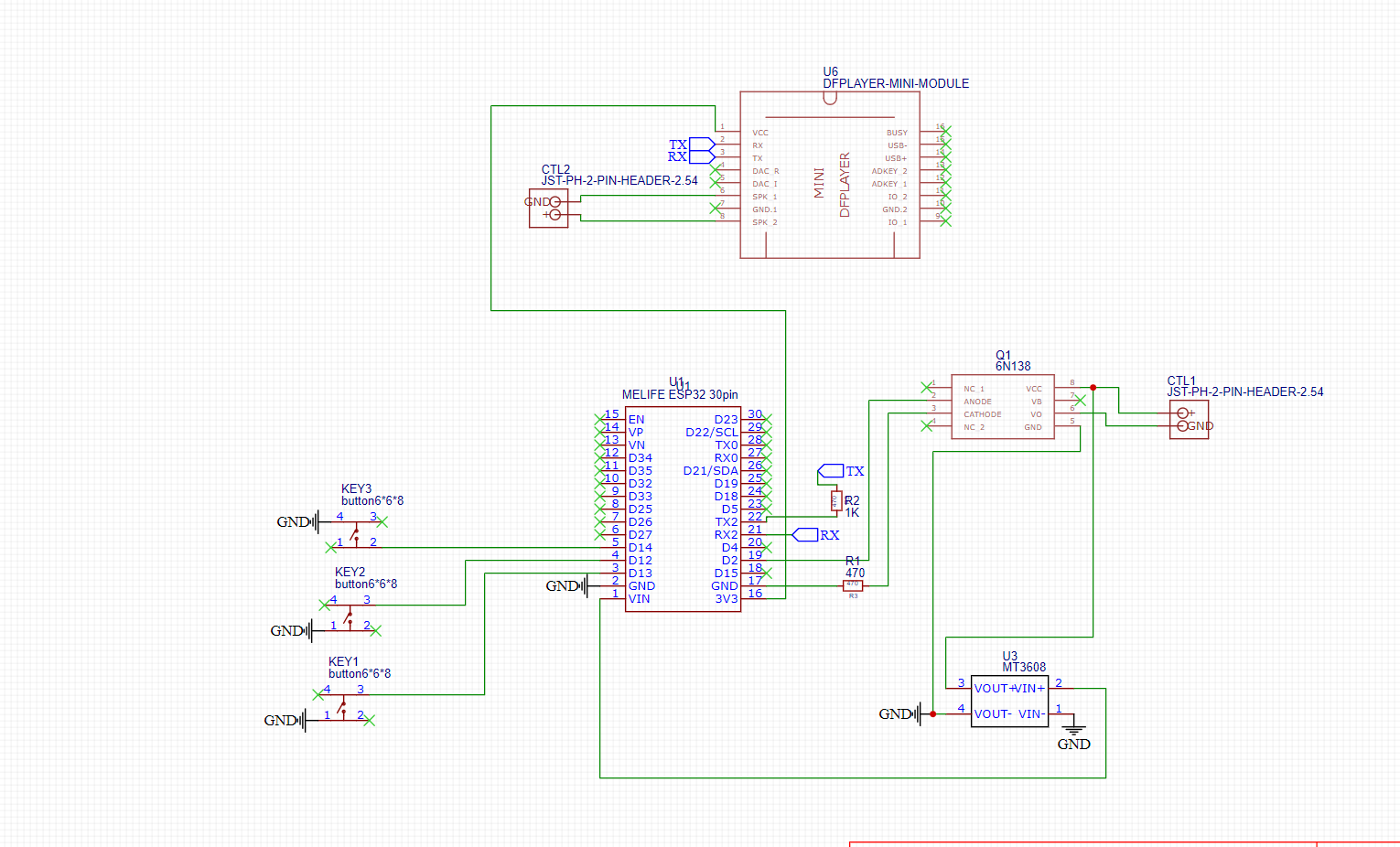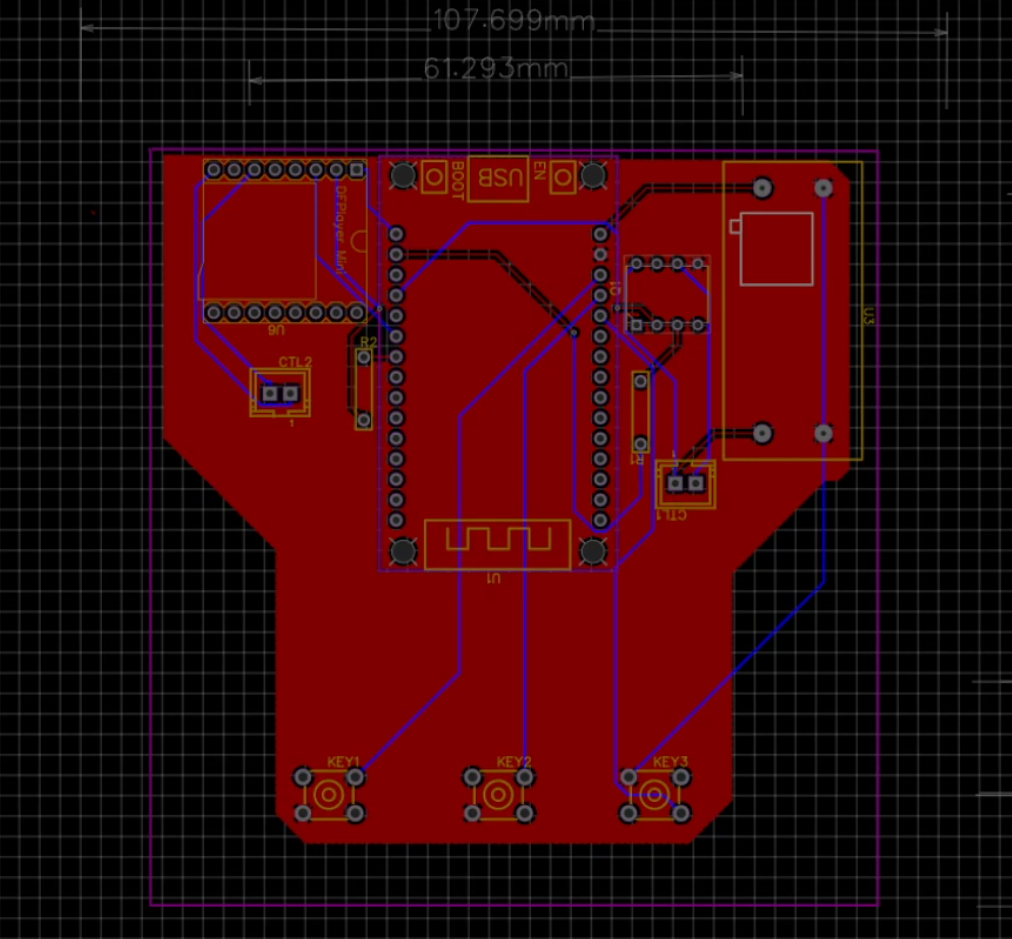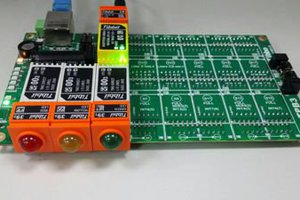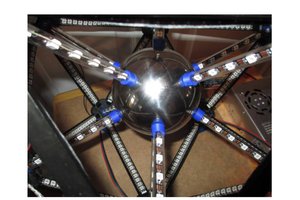I think I put all my details in above and below already, so consider this a detailed declination of the location of the details.
ESP32 Personal Bat Signals with Light and Sound
3d printed devices that live on my neighbors' wifi and alert them to impromptu gatherings in my workshop, which is also my bar.
 gearscodeandfire
gearscodeandfire





 Dmitry Slepov
Dmitry Slepov
 Verkehrsrot
Verkehrsrot
 cabrera.101
cabrera.101
 Nikola Secerovski
Nikola Secerovski